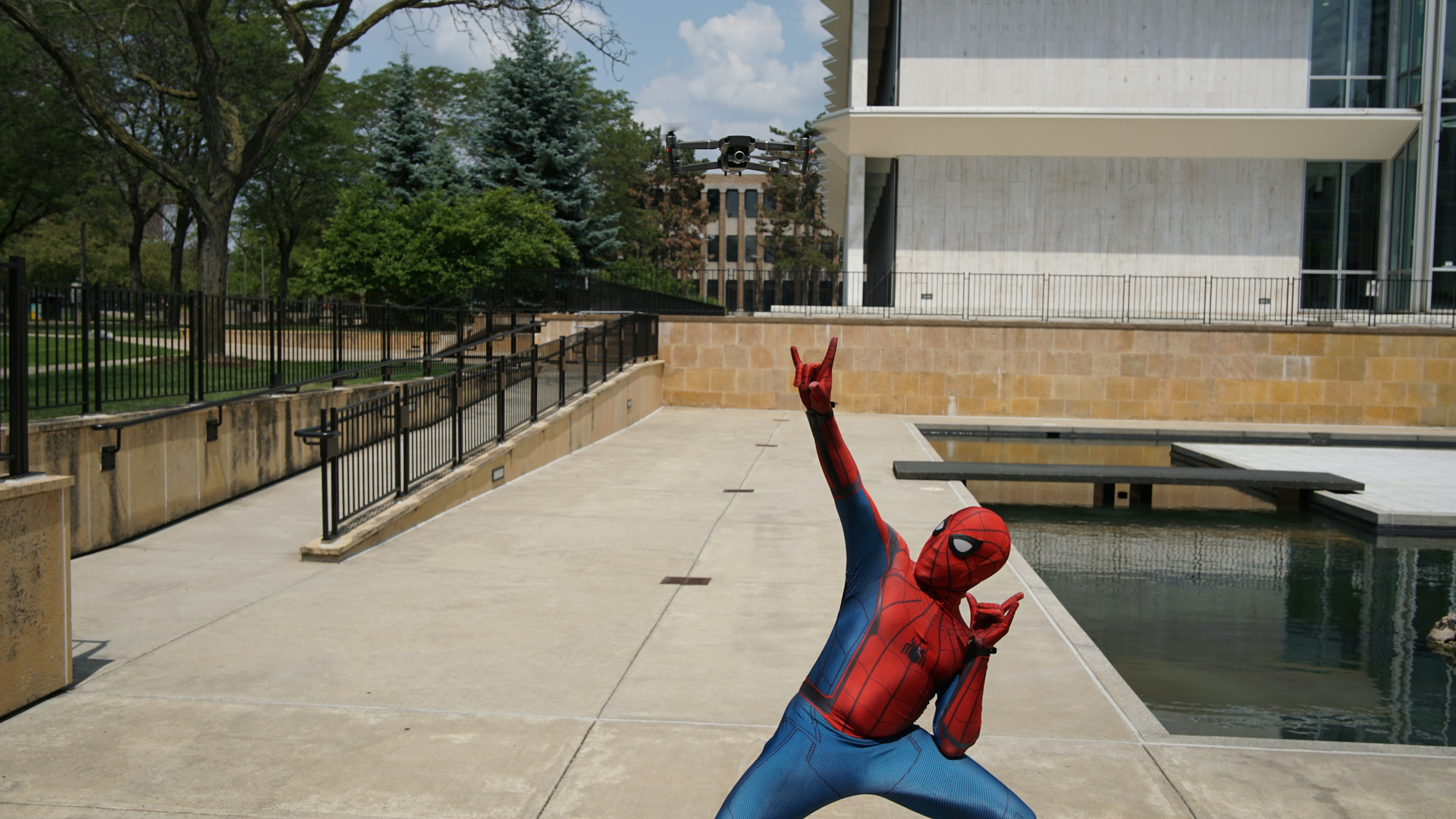Vivid Palette: The Renaissance of Analog Photography in a Digital World
In an era marked by the swift influx of digital technology, a surprisingly vibrant resurgence of analog photography is taking place. This article delves into this unexpected renaissance, tracing its roots, examining its current dynamics, and exploring its impact on the broader arts and entertainment industry.
A Nostalgic Revival
The genesis of analog photography’s renaissance can be traced back to the early 2000s. As digital technology became increasingly ubiquitous, a certain section of artists and enthusiasts began to yearn for the tactile, hands-on experience of film photography. The digital image, with its instant gratification and endless capacity for manipulation, left some feeling disconnected from the physicality and authenticity of the photographic process. This longing for tangible interaction with the medium sparked the revival of analog photography.
The Rise of the Analog Aesthetic
Today, the analog aesthetic is thriving. Film photography’s distinct visual characteristics, such as grain, light leaks, and unpredictable color shifts, have found favor among a new generation of photographers and visual artists. This aesthetic lends a unique, nostalgic, and sometimes dreamlike quality to images, making them distinct from the clean, sharp precision of digital photographs.
Impact on the Arts and Entertainment Industry
The resurgence of analog photography has significantly impacted the arts and entertainment industry. It has inspired a new wave of creativity among photographers, artists, and filmmakers, who are now leveraging the analog aesthetic in their work. This trend is evident in recent films and TV shows that employ film grain effects to create a vintage or nostalgic atmosphere. Moreover, musicians and bands are increasingly using analog photography for album covers and promotional materials, contributing to a renewed appreciation for the medium.
The Future of Analog Photography
While some may argue that analog photography’s resurgence is a fleeting trend, the evidence suggests otherwise. The continued growth of analog communities, both online and offline, combined with an increasing number of young photographers adopting the medium, indicates a promising future. Analog photography, with its inherent imperfections and unique aesthetic, offers an alternative creative outlet in a digital-dominated world, a tangible way to slow down and engage deeply with the art of image-making.
Conclusion
The renaissance of analog photography in a digital era underlines the enduring allure of the traditional photographic process. Despite technological advancements, the tactile experience of film photography and its unique aesthetic continue to captivate artists and audiences alike. As we move forward, the interplay between analog and digital realms promises to yield more innovative and exciting developments in the arts and entertainment industry.





